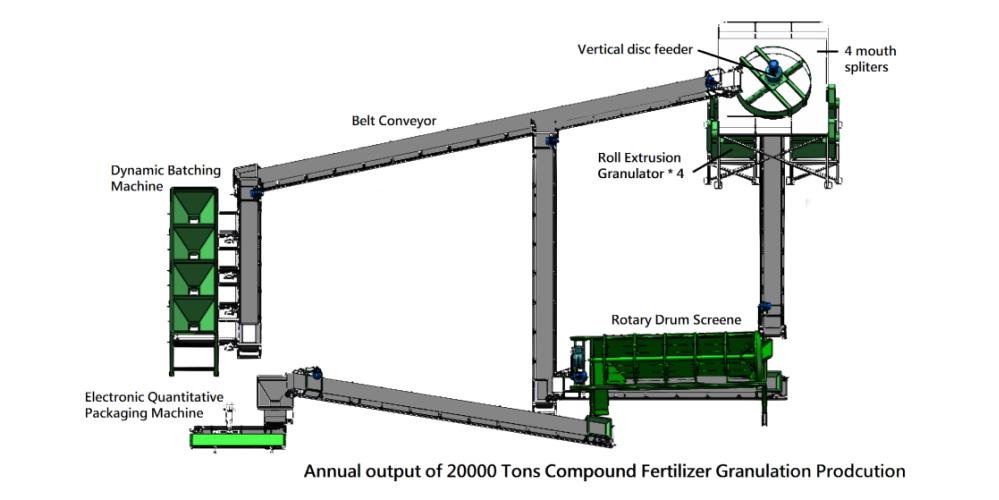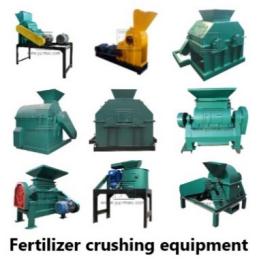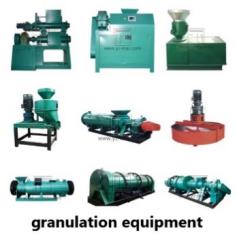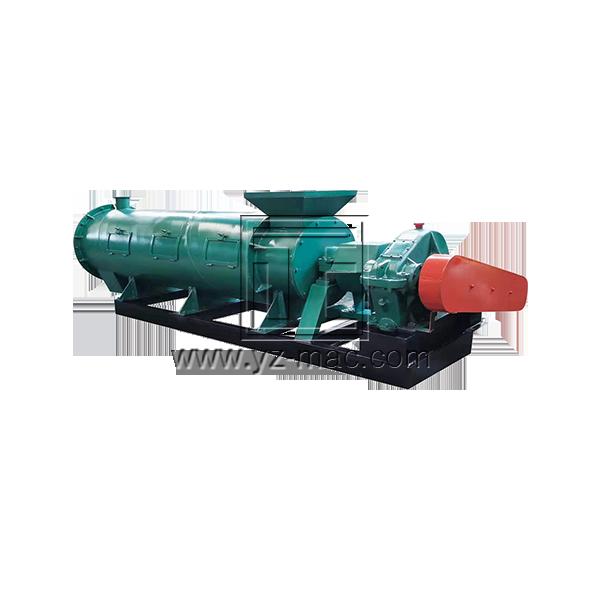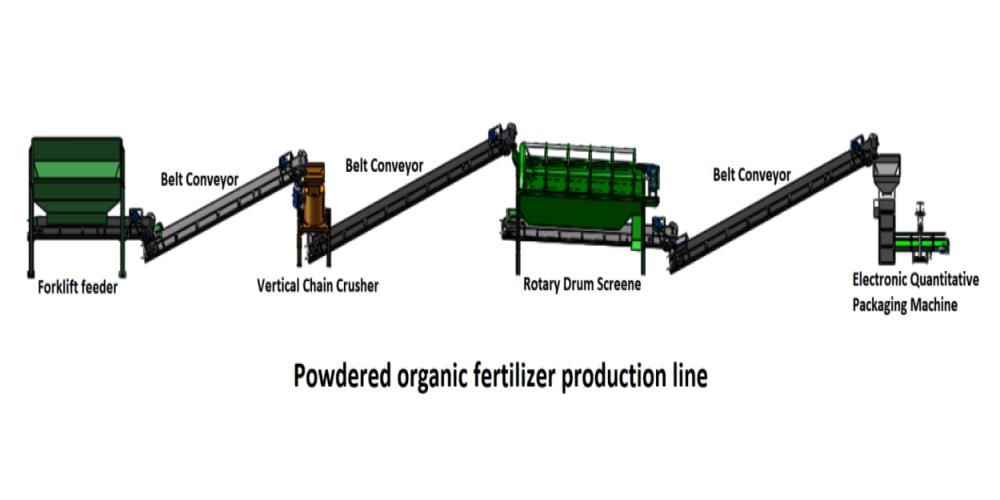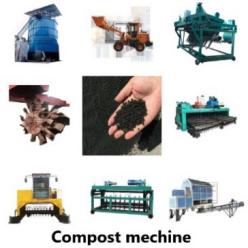No drying extrusion granulation production line
A no-drying extrusion granulation production line is a process for producing granulated fertilizer without the need for a drying process. This process uses a combination of extrusion and granulation technologies to create high-quality fertilizer granules.
Here is a general outline of a no-drying extrusion granulation production line:
1.Raw Material Handling: The first step is to collect and handle the raw materials. The raw materials used in the production of granulated fertilizer can include nitrogen, phosphorus, and potassium (NPK) fertilizers, as well as other organic and inorganic materials such as animal manure, crop residues, and industrial by-products.
2.Crushing: The raw materials are then crushed into small pieces to facilitate the mixing process.
3.Mixing: The crushed raw materials are mixed together using a mixing machine to create a homogeneous mixture.
4.Extrusion Granulation: The mixed materials are then fed into an extrusion granulator, which uses high pressure and a screw or rollers to compress the materials into small pellets or granules. The extruded pellets or granules are then cut to the desired size using a cutter.
5.Cooling and Screening: The extruded granules are then cooled and screened to remove any oversize or undersize particles, ensuring a consistent product.
6.Coating: The screened granules are then coated with a layer of protective material to prevent caking and increase storage life. This can be done using a coating machine.
7.Packaging: The final step is to package the granules into bags or other containers, ready for distribution and sale.
The advantages of a no-drying extrusion granulation production line include lower energy consumption and reduced environmental impact compared to traditional drying methods. Additionally, this process can produce granulated fertilizer with a consistent particle size and nutrient content, which can improve fertilizer efficiency and crop yields.
Overall, a no-drying extrusion granulation production line can be an efficient and cost-effective way of producing high-quality granulated fertilizer. However, specific equipment and machinery may be required to produce granules with the desired characteristics.


